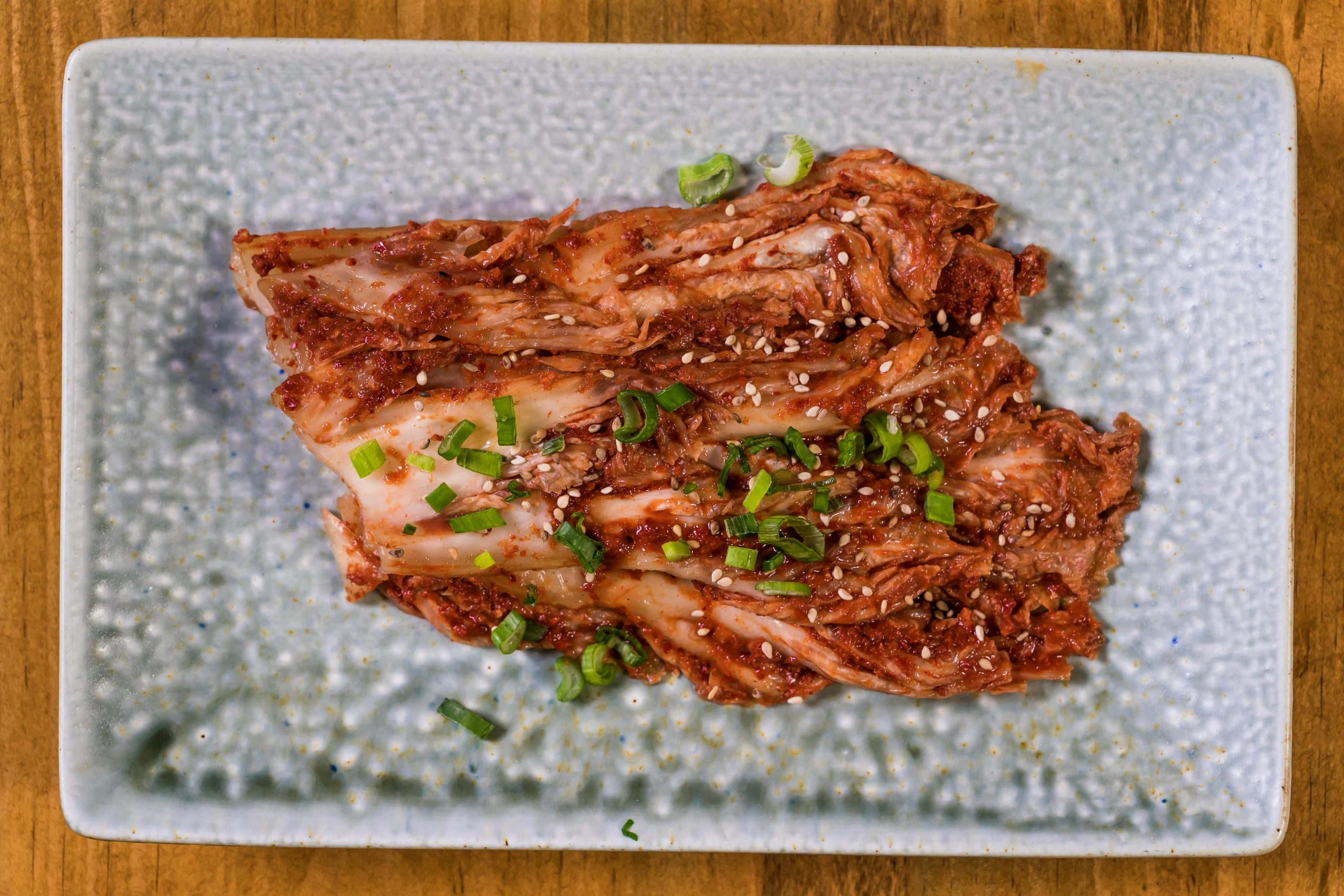Exploring Umami Flavors In Different Global Dishes
Welcome to the delicious world of umami flavors! If you’re a food lover, then you’ve probably heard of umami – the fifth taste sensation after sweet, salty, sour, and bitter. Umami is a Japanese word that translates to “pleasant savory taste” and it has become a popular term in the culinary world. While it was first identified in traditional Japanese dishes like miso soup and soy sauce, umami flavors can now be found in a diverse range of global cuisines. So, let’s embark on a flavorful journey as we explore umami in different global dishes.
The Science Behind Umami
To understand umami, we need to first understand the science behind it. Umami is the taste associated with glutamate – an amino acid that is naturally present in our bodies and foods. It is the same substance that gives foods like parmesan cheese, tomatoes, and mushrooms their rich and savory taste. Our taste buds have specific receptors that detect glutamate, and when they come in contact with it, they send signals to our brain, triggering the sensation of umami.
Umami flavors are often described as a combination of savory, meaty, and mouth-filling taste. It is said to enhance the overall flavor of a dish, making it more satisfying and enjoyable. Unlike other taste sensations, umami is not easily identified but rather adds depth and complexity to a dish.
Umami in Traditional Japanese Dishes
Miso Soup
As mentioned earlier, miso soup is one of the most well-known dishes that showcases umami flavors. This traditional Japanese soup is made with miso paste, which is a fermented soybean paste that is rich in glutamate. The other umami ingredients in miso soup include seaweed, mushrooms, and bonito flakes. The combination of these umami-rich ingredients creates a broth that is full of depth and flavor.
Soy Sauce
Soy sauce is another staple condiment in Japanese cuisine that is high in umami. It is made from fermented soybeans, wheat, and other grains, and has a strong, salty flavor. However, in small amounts, soy sauce adds a complex and savory taste to dishes, making it a great umami-enhancing ingredient.
Umami in Chinese Cuisine
Char Siu Pork
Char siu, or Chinese BBQ pork, is a popular dish that showcases umami flavors. The pork is marinated in a sauce made from hoisin sauce, honey, soy sauce, and other spices, giving it a sweet and savory taste. The addition of hoisin sauce, which is made from fermented soybeans and has a rich umami flavor, is what gives char siu its distinct taste.
Mapo Tofu
A spicy and flavorful dish in Sichuan cuisine, mapo tofu is made with tofu, ground pork, and a rich and spicy sauce. The sauce is a combination of fermented broad bean paste, Sichuan pepper, and chili oil, all of which add umami flavors to the dish. The silky texture of the tofu combined with the umami-rich sauce makes this dish a favorite among many.
Umami in Italian Cuisine
Parmigiano Reggiano
Parmigiano Reggiano, also known as parmesan cheese, is a staple in Italian cuisine and adds a nutty and umami flavor to dishes. The aging process of this cheese involves the breakdown of proteins into glutamate, which is what contributes to its distinctive umami taste. It is often grated onto pasta dishes, added to soups, or eaten on its own as a savory snack.
Tomato-based Dishes
Tomatoes are another ingredient that is rich in umami flavors and is widely used in Italian cooking. Whether it’s in a tomato sauce for pasta, a pizza sauce, or a bruschetta topping, the addition of tomatoes adds a pleasant and savory taste to the dish. Tomatoes also become more umami-rich when cooked, making them a perfect ingredient for flavor-packed Italian meals.
Umami in Indian Cuisine
Butter Chicken
Butter chicken is a popular Indian dish that has gained global recognition in recent years. The rich and creamy sauce in butter chicken is made with butter, tomatoes, and an array of spices, creating a symphony of flavors. The use of tomatoes and spices such as garam masala, which contains umami-rich ingredients like coriander and cumin, give this dish its umami depth.
Saag Paneer
Saag paneer is another Indian dish that is packed with umami flavors. The dish is made with spinach and paneer, a type of Indian cottage cheese. The spinach is cooked with garlic, ginger, and spices, creating a flavorful base. The addition of paneer, which is high in glutamate, adds a meaty and rich umami taste to the dish.
Final Thoughts
Umami flavors are found in a wide range of global dishes, from traditional Japanese to Italian and Indian cuisines. It adds a unique and satisfying dimension to food that can be difficult to identify but easy to appreciate. So, the next time you’re enjoying a delicious meal, take a moment to savor and appreciate the umami flavors that are enhancing your dining experience. Happy exploring!










